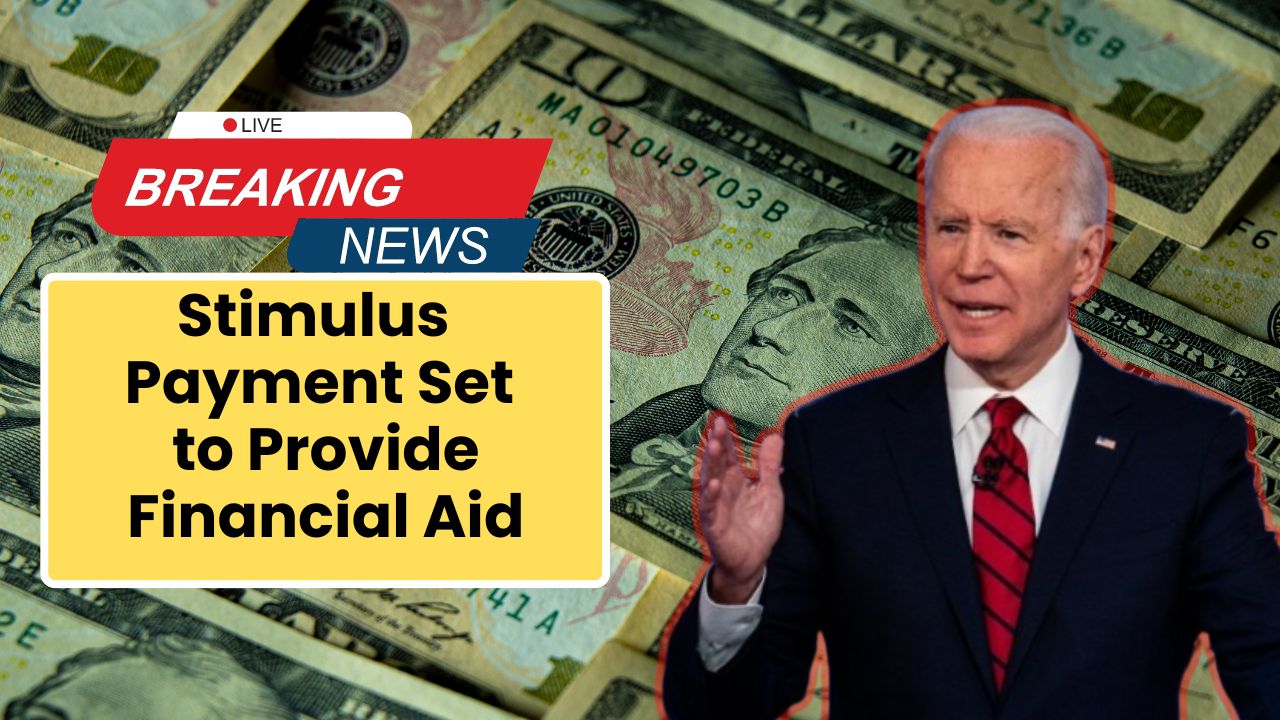The Biden administration has taken a major step toward alleviating the student debt crisis in the U.S. through its Student Loan Relief program.
Following a federal judge’s recent decision, the plan to forgive student loans is set to move forward, potentially easing the financial strain for over 25 million Americans.
This initiative marks a shift from temporary pandemic relief to long-term support, aiming to address a persistent issue faced by many borrowers.
This program comes at a crucial time as people continue to deal with the economic fallout from the COVID-19 pandemic.
While previous stimulus payments helped cover essential expenses, this new form of relief targets a specific debt burden that has hindered many Americans’ financial stability for years.
Overview of the Student Loan Relief Program
| Aspect | Details |
|---|---|
| Department | U.S. Department of Education |
| Administration | Biden Administration |
| Program Name | Student Loan Relief Plan |
| Country | USA |
| Amount | Up to $20,000 |
| Target Audience | Over 25 million student loan borrowers |
| Category | Government Aid |
| Official Website | studentaid.gov |
A Shift from Short-Term Aid to Long-Term Support
The Student Loan Relief plan represents a significant change from previous financial aid efforts, which were focused on providing short-term relief during the pandemic.
Over $930 billion was distributed to help households cover essential needs such as food, housing, and healthcare during COVID-19. However, the new debt relief program targets long-term financial health by reducing student debt, enabling borrowers to build a more secure future.
By forgiving a portion of student loans, the program seeks to tackle an issue that has persisted for years, impacting borrowers’ ability to save, invest, and spend on other needs.
It aims to provide a more sustainable solution to economic challenges, fostering financial stability for millions of Americans.
Legal Developments and Current Status
Since taking office, President Biden has prioritized student loan relief. However, the plan has faced multiple legal challenges from several states arguing that it could harm their economic interests.
Despite these setbacks, the administration remained committed to moving the proposal forward.
Recently, a crucial legal victory allowed the plan to advance. U.S. District Judge J. Randal Hall in the Southern District of Georgia ruled to let the court order, which had previously blocked the program, expire.
This decision removed a significant hurdle, paving the way for the Biden administration to proceed with its debt relief initiative.
Economic Benefits of Debt Relief
Beyond assisting individual borrowers, the Student Loan Relief program is likely to have positive ripple effects across the broader economy.
By reducing debt burdens, borrowers will have more disposable income to allocate towards other financial goals, such as purchasing homes, investing in businesses, or saving for retirement.
This increased economic activity could stimulate growth and improve overall economic health.
Much like previous stimulus payments during the pandemic, student loan forgiveness would provide financial breathing room for many, potentially leading to increased consumer spending.
When people are less constrained by debt, they can contribute more actively to the economy, thereby driving growth and creating a more robust financial environment.
Public Reception and Reactions
The reaction to the Student Loan Relief plan has been varied. Many borrowers see it as a much-needed break, offering a fresh start after years of financial pressure.
For these individuals, debt forgiveness can mean the difference between struggling with monthly payments and having the freedom to invest in their future.
However, critics, including some state leaders, argue that the plan could pose financial risks to state economies, and legal battles continue to challenge its implementation.
Despite the opposition, the recent court decision has rekindled optimism among borrowers, who are hopeful that the program will bring long-awaited relief.
Future Steps for Student Loan Forgiveness
With the recent legal progress, the Biden administration’s proposal has moved closer to reality. However, there are still hurdles to overcome before the program can be fully rolled out.
The administration continues to work on refining the plan, aiming to ensure it benefits those who need it most while addressing legal and economic concerns.
Many Americans now await further announcements, hopeful that the Student Loan Relief plan will soon provide them with the financial support they have been seeking.
FAQs;
What is Student Loan Relief?
Student Loan Relief refers to programs designed to reduce or eliminate student debt, including loan forgiveness and income-driven repayment options.
Who qualifies for Student Loan Relief?
Eligibility criteria depend on factors such as income, loan type, and employment sector. Specific details can be found on the official website.
How can I apply for relief?
Applications for federal student loan relief programs are available through the U.S. Department of Education or your loan servicer.
Is there a maximum amount of debt that can be forgiven?
Yes, under the current plan, borrowers may qualify for up to $20,000 in debt relief.











